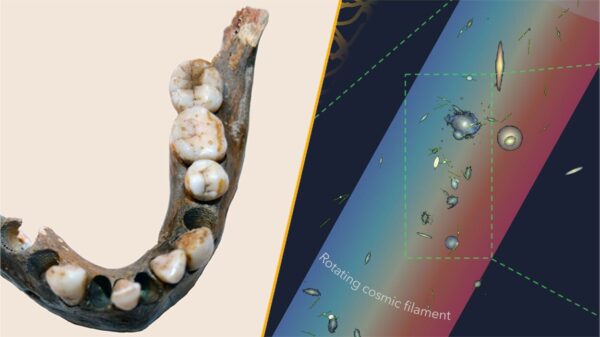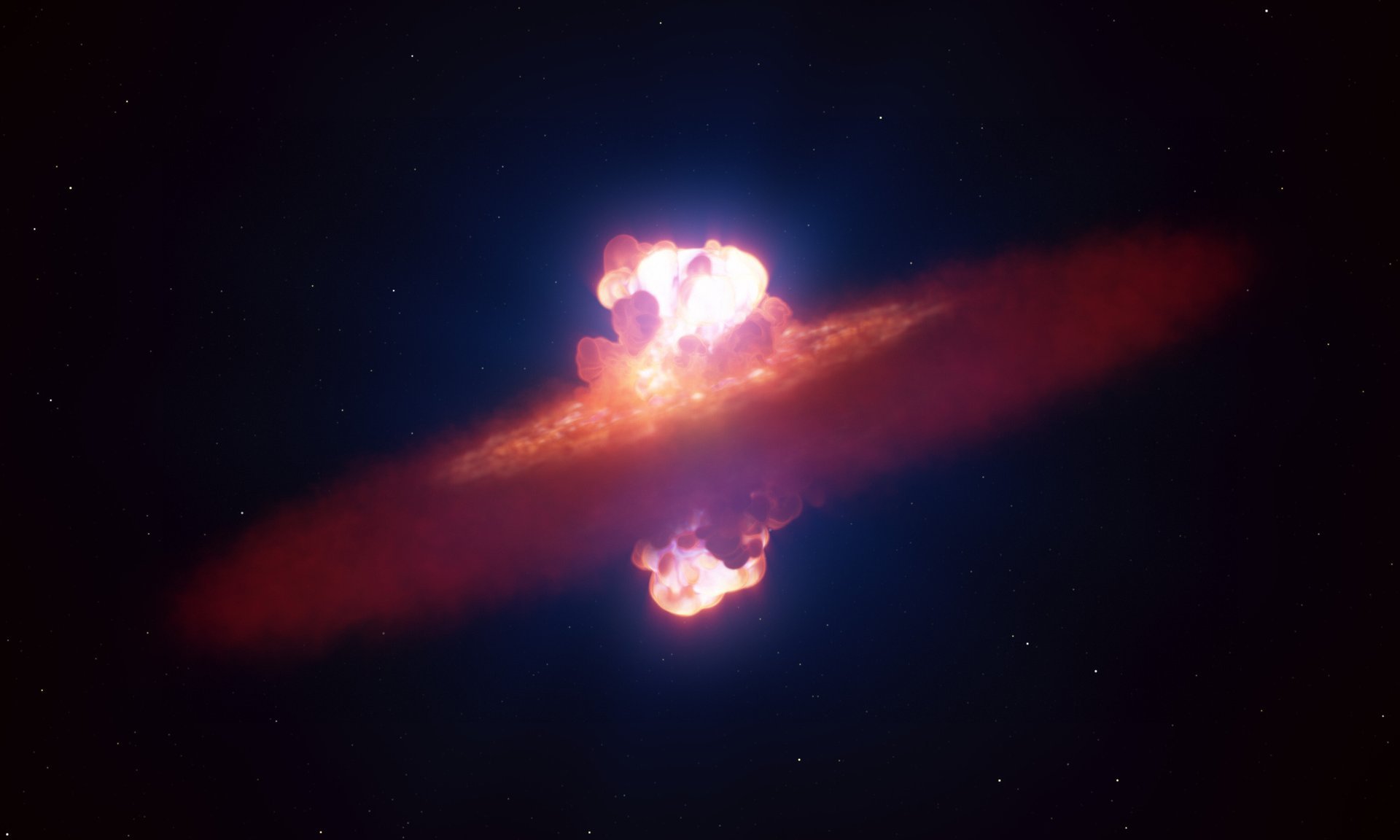Astronomers have successfully observed the initial shape of a star explosion for the first time, providing new insights into the complex dynamics of supernovae. This groundbreaking discovery was made possible by a team utilizing the European Southern Observatory’s (ESO) Very Large Telescope (VLT) and a technique called “spectropolarimetry.” The supernova, designated as SN 2024ggi, is located in the galaxy NGC 3621, approximately 22 million light-years from Earth in the constellation Hydra.
Led by Yi Yang, an assistant professor at Tsinghua University in Beijing, the research team included members from various esteemed institutions, such as the ESO, the Cynthia Woods Mitchell Institute for Fundamental Physics and Astronomy, and the Weizmann Institute of Science. Their findings were published in a recent issue of Science Advances.
The phenomenon of supernovae typically involves a massive star exhausting its nuclear fuel, leading to a gravitational collapse and the subsequent explosion that ejects material into space. During this process, a fleeting phase occurs where the initial geometry of the explosion can be observed before the shock wave interacts with surrounding material. The innovative use of spectropolarimetry allowed the researchers to capture data on the explosion’s geometry that had previously been unattainable.
What sets spectropolarimetry apart is its ability to measure the polarization of light emitted during a supernova. Unlike most stars, where the polarization of individual photons cancels out, a non-zero net polarization indicates the shape of the object. The FOcal Reducer and low dispersion Spectrograph 2 (FORS2), recently installed on the VLT, was crucial for this analysis.
SN 2024ggi was first detected on the evening of April 10, 2024, and observations began the following day. The rapid response from Yang and his team enabled them to analyze the explosion’s shape almost immediately after it occurred. The initial observations revealed that the explosion had an olive-like shape that flattened as it expanded, though the axis of symmetry of the ejected material remained consistent throughout the event.
As Dietrich Baade, an astronomer at the ESO and a co-author of the study, noted, “The first VLT observations captured the phase during which matter accelerated by the explosion near the centre of the star shot through the star’s surface. For a few hours, the geometry of the star and its explosion could be, and were, observed together.” This unprecedented observation is reshaping our understanding of the mechanisms that drive massive-star supernovae and may resolve some ongoing debates in stellar evolution.
The implications of this discovery extend beyond theoretical understanding. The data collected enables astronomers to rule out certain existing supernova models while refining others. As the team continues their work, the findings promise to deepen our understanding of the life cycles of massive stars and their ultimate demise. This significant achievement underscores the power of international collaboration in advancing scientific knowledge and exploration.
With further studies anticipated, astronomers remain eager to explore the complexities of supernovae and their role in the broader cosmic landscape, particularly in how they enrich the interstellar medium with elements essential for the formation of new stars and planets.






































































